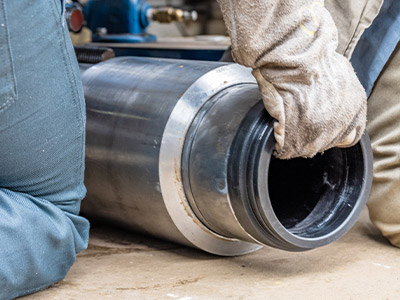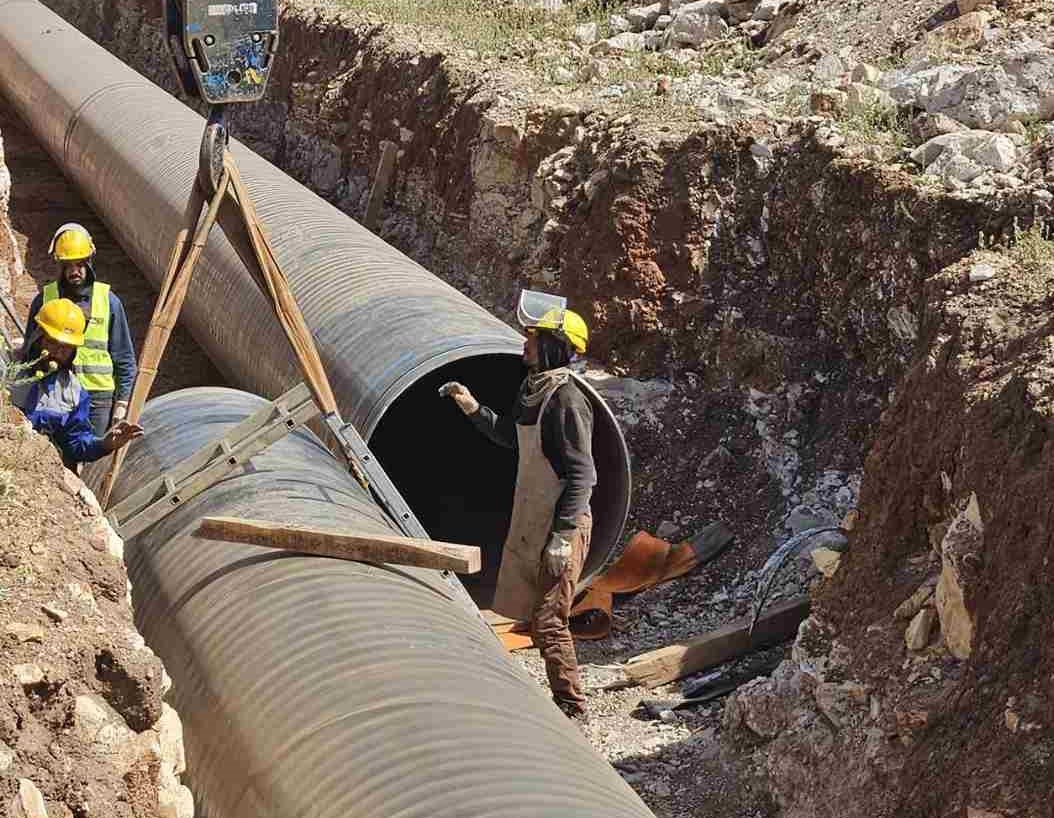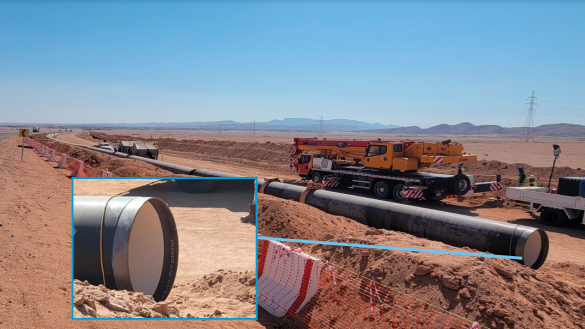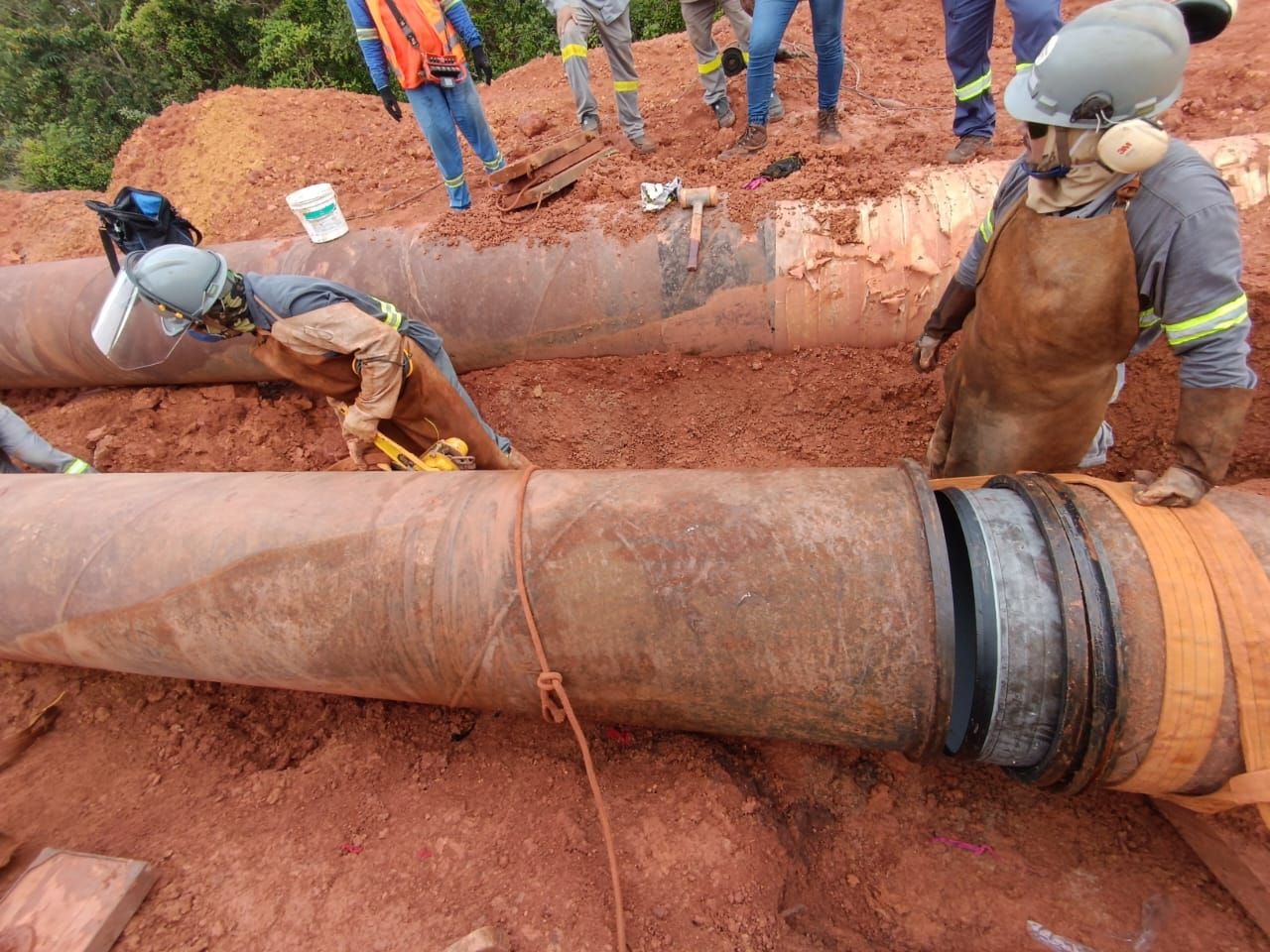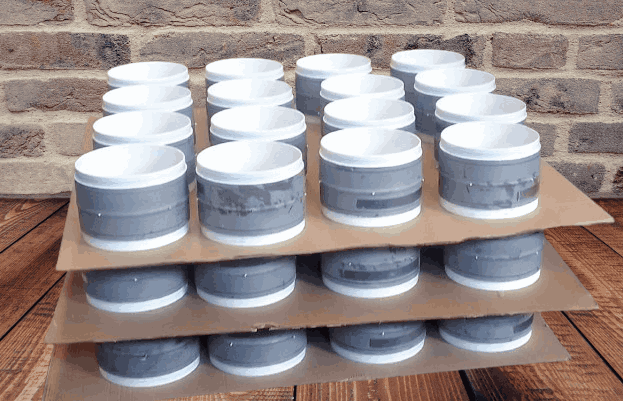Pipelines form the lifelines of various industries, and ensuring their longevity and efficiency is paramount.
Among the key technologies safeguarding internally coated pipelines, the use of insert pipe sleeves stands out. In this blog by LPS, we will explore the best insert pipe sleeve technologies that are being used in the market for internally coated pipelines.
What is an Insert Pipe Sleeve?
Insert pipe sleeves play a pivotal role in protecting internally coated pipelines from corrosion, abrasion, and other potential threats. These sleeves act as a robust barrier, ensuring the integrity of the pipeline over an extended lifespan.
The Evolution of Insert Pipe Sleeves
Understanding the dynamic landscape of insert pipe sleeves is crucial for ensuring the resilience of pipelines. These protective sleeves have evolved significantly from traditional materials to cutting-edge innovations, including composites, ceramics, and polyurethane.
In the past, traditional materials provided basic protection, but with advancements, we now have weld joint sleeve inserts and pipe joint sleeve inserts that combine materials like fiberglass and epoxy for superior strength and corrosion resistance.
Pipe weld joint sleeve inserts excel in shielding pipelines from abrasive substances due to their high wear resistance and thermal stability.
Additionally, polyurethane pipe joint sleeve inset offers flexibility and chemical resistance, providing a cost-effective solution for safeguarding pipelines against corrosion, abrasion, and various challenges in today’s demanding environments.
The evolution of insert pipe sleeve technologies marks a significant stride in enhancing the overall durability and performance of pipelines.
Best Insert Pipe Sleeve Technologies
Pipelines, the backbone of industries, demand cutting-edge solutions for internal coating protection. LPS (Lined Pipe Systems) leads the charge with a range of advanced technologies designed for various applications. Let’s explore some of the best pipe weld sleeve insert innovations that redefine pipeline integrity.
CCB Sleeve for Thin Linings
Navigating the challenge of maintaining thin linings, LPS introduces the CCB Sleeve. Specifically designed for welded joints, pipe weld joint sleeve/ CCB Sleeve inserts are engineered to resist corrosion, erosion, and chemical exposure. Ideal for industries where maintaining thin linings is paramount, the CCB Sleeve ensures longevity and reliability.
Explore in detail: “CCB® Sleeve for Thin Linings: A Complete Overview”
Flexsleeve for Thin Linings
Thin linings demand flexible solutions. Pipe joint sleeve inserts serve as a barrier, preventing corrosive agents from compromising the joint’s integrity. Use Flexsleeve by LPS, a flexible armor designed to adapt seamlessly to the dynamic conditions within pipelines. Offering robust protection, this pipe joint sleeve insert ensures durability while accommodating the unique challenges posed by thin linings.
Seal Sleeve for Rubber and PU Linings
For rubber and polyurethane (PU) linings, LPS’s Seal Sleeve technology sets a new standard in tailored protection. Weld joint sleeve inserts are designed to enhance the structural integrity of welded connections in pipelines. Engineered to resist chemicals and abrasion, this solution ensures the integrity of rubber and PU linings. It’s a versatile and effective choice for various industrial applications.
Seal Sleeve for Thermoplastic Liners
In the domain of thermoplastic liners, LPS’s Seal Sleeve technology provides precision defense. Further, this innovative solution creates a protective barrier against corrosive elements, offering reliability and longevity for pipelines with thermoplastic liners. It meets the high-performance demands of industries.
Insert Pipe Sleeve Technologies in the Market
Polymeric Inserts
Known for their corrosion resistance and ease of installation, polymeric insert pipe sleeves are a popular choice in the industry.
Composite Sleeve
Inserts combining multiple materials for optimal performance, composite sleeves offer a comprehensive solution for protecting pipelines in diverse environments.
Ceramic-Lined Sleeves
Ideal for high-temperature applications, ceramic-lined sleeves provide robust protection against corrosion and abrasion.
Key Features of Lined Pipe Systems
Lined Pipe Systems technologies are designed to provide corrosion resistance and chemical compatibility in various industrial applications. The key features offered by Lined Pipe Systems include:
Flexibility
The thin-gauge assembly of the LPS technologies offer flexibility, allowing the insert pipe sleeve lining to effortlessly adjust to the shape of the pipe during installation. This not only simplifies the process but also ensures a consistent and reliable seal.
Sealing
Equipped with bore seals, the LPS technologies accommodate variations in pipe inner diameters. Thus, this adaptability ensures a secure seal, effectively preventing leaks even under varying pipeline pressures.
Weld Quality
The flexibility of the LPS technologies translates into a better fit during installation. This feature is particularly beneficial for achieving a precise root pass during welding, resulting in more consistent and reliable weld quality.
Heat Resistance
With a wider sleeve and thicker insulation, Lined Pipe Systems technologies minimize the impact of heat during welding. Moreover, this design safeguards the integrity of the lining material, ensuring it remains stable and does not impede the welding process.
Large Diameters
The flexibility of the LPS technologies extends to accommodating large diameters and even irregularly shaped pipes. This ensures a proper fit and maintains the lining’s integrity, irrespective of the pipe’s size or shape.
Automatic Welding
Lined Pipe Systems technologies are designed to be compatible with internal lineup clamps, facilitating automated or semi-automated welding processes. This not only streamlines operations but also ensures consistent weld quality without heavy reliance on manual labor.
Read: “Welded Joint Systems for Lined Pipe: A Complete Overview”
Applications of Insert Pipe Sleeves
Oil and Gas Industry
Insert pipe sleeves play a pivotal role in protecting oil and gas pipelines. Their corrosion resistance ensures the uninterrupted flow of energy resources, safeguarding this critical industry’s lifelines.
Petrochemical Sector
In the petrochemical sector, where pipelines face corrosive chemicals, these technologies shine. Their chemical resistance capabilities make them indispensable, preserving the integrity of the processing infrastructure.
Water Treatment
Insert pipe sleeves find application in water treatment facilities. Their wear and tear protection ensures a reliable and consistent flow of clean water, contributing to the safety and health of communities.
Installation and Maintenance Consideration
Proper Installation for Optimal Performance
The effectiveness of the Lined Pipe Systems’ insert pipe sleeve technology is dependent on proper installation. Therefore, adhering to industry best practices is essential for maximizing its performance and ensuring enduring protection against degradation.
Regular Maintenance
Incorporating regular maintenance checks is crucial for extending the lifespan of the insert pipe sleeves. Scheduled assessments ensure that the system continues to operate at peak efficiency, identifying and addressing potential issues before they escalate.
Consideration of Environmental Factors
Environmental factors play a role in pipeline wear. Considering the specific environmental conditions where the insert pipe sleeve operates allows for proactive measures, adapting the system to changes in temperature, moisture, and other external influences.
Conclusion
Mastering pipeline protection becomes achievable with LPS’s range of advanced Pipe Sleeve / Insert Sleeve technologies. From CCB Sleeve’s precision defense for thin linings to Flexsleeve’s flexible armor and Seal Sleeves tailored for rubber, PU, and thermoplastic liners, LPS is not just protecting pipelines, it’s shaping the future of pipeline integrity.
FAQs
Q1: What is a pipe sleeve/insert sleeve?
Ans. A pipe sleeve is a protective covering or casing used to shield a pipe joint. Furthermore, it provides reinforcement, corrosion resistance, or insulation, enhancing the durability and integrity of the pipe.
Q2: What is the purpose of a pipe sleeve?
Ans. The pipe sleeve acts as a safeguard, helping to extend the lifespan of the pipe and maintain its structural and functional properties in different environments and applications.
Q3: When should a pipe be sleeved?
Ans. A pipe should be sleeved if there are signs of corrosion, damage, or vulnerability, or when additional protection and reinforcement are necessary to ensure its longevity and performance.
Q4: What is the function of pipe sleeve in UPVC?
Ans. In UPVC (Unplasticized Polyvinyl Chloride) systems, a pipesleeve serves the function of providing extra protection and reinforcement at joints or vulnerable areas. Thus, it helps prevent damage, enhances the integrity of the UPVC pipe.
Q5: Why do we need pipe sleeves?
Ans. A pipe sleeve is needed to provide additional protection and insulation to pipes. Moreover, it helps prevent corrosion, damage, and wear, ensuring the longevity and integrity of the pipes in various environments and applications.
Q6: What are the 3 basic types of sleeves?
Ans. The three basic types of pipe sleeves are:
- Metal Sleeves
- Plastic Sleeves
- Rubber Sleeves

